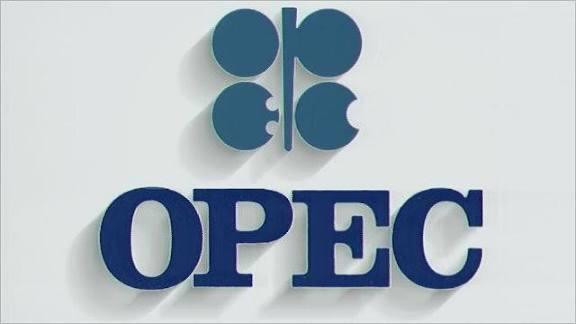A stronger dollar and confusing messages from Saudi Arabia and Russia ahead of the next OPEC+ policy meeting contributed to the decline in oil prices in early trade on Friday. In the morning session, Brent crude prices were down 30 cents to $75.96 per barrel, while U.S. West Texas Intermediate prices were down 14 cents to $71.69 per barrel.
After Russian Deputy Prime Minister Alexander Novak downplayed the possibility of further OPEC+ production cutbacks at its meeting in Vienna on June 4, benchmarks ended the day more than $2 per barrel lower. Energy prices were approaching “economically justified” levels, according to Russian President Vladimir Putin, who also hinted that the group’s production policy wouldn’t alter right away.
With U.S. statistics showing a healthy economy even after an aggressive rate hike cycle by the Federal Reserve, the stronger dollar, which has gained for a fifth straight session against a basket of global rivals, added to downside pressure on oil futures. Dollar-denominated goods become more expensive for holders of other currencies, which reduces demand.
As leading congressional Republican Kevin McCarthy and US President Joe Biden appeared to be close to an agreement to reduce spending and raise the debt ceiling, markets continued to monitor US debt discussions. Positively, May’s supply from OPEC+ and Russia is largely conforming to the earlier agreement for additional output reductions.
As of last week, OPEC+ members who agreed to earlier cuts had decreased their exports by 1.5 million barrels per day (bpd), while Russian exports had decreased by 400,000 bpd from their respective peaks on April 25, according to a note from analysts at JP Morgan. By May 23, total exports from producers in the OPEC+ alliance had decreased by 1.4 million bpd month over month.

